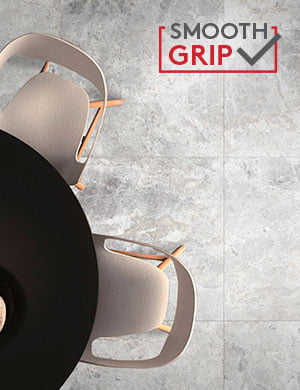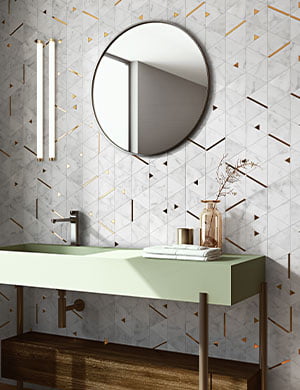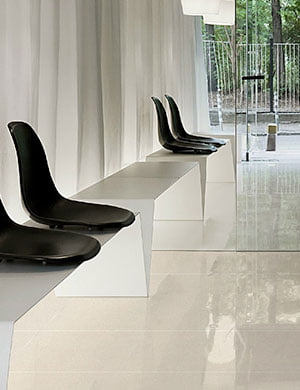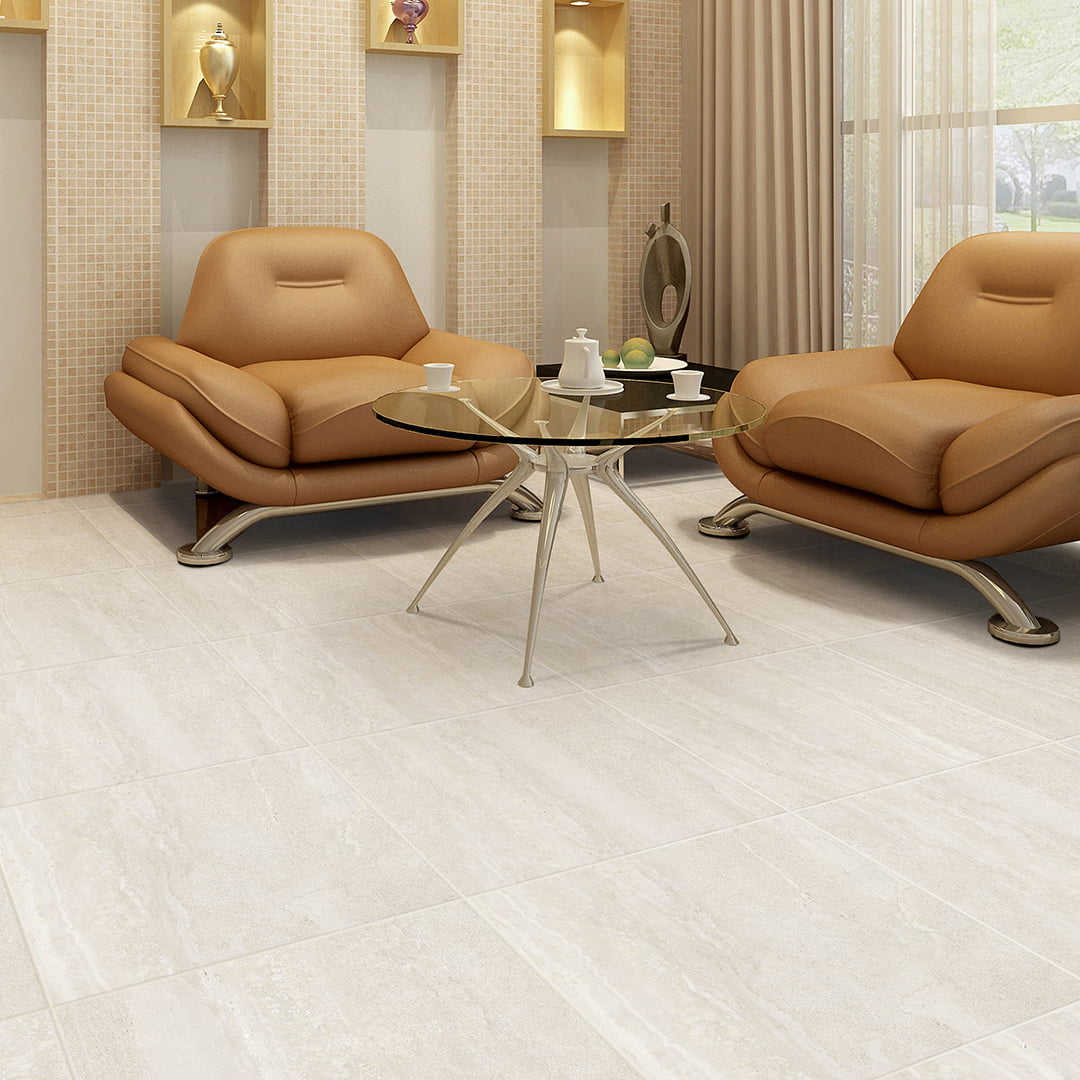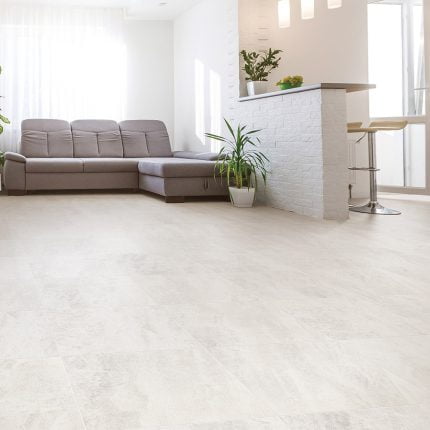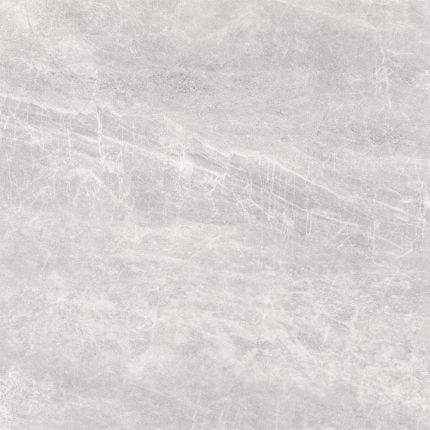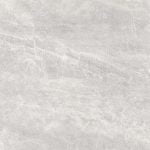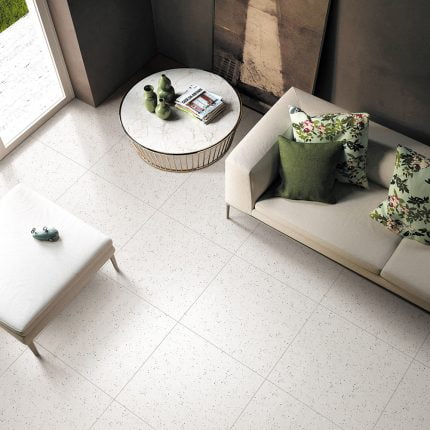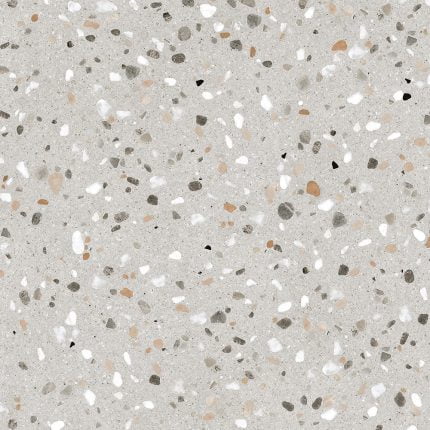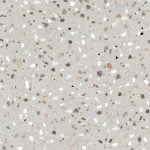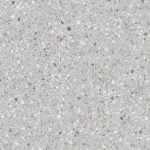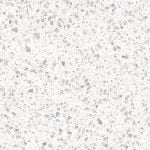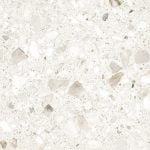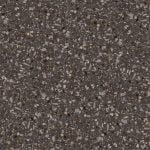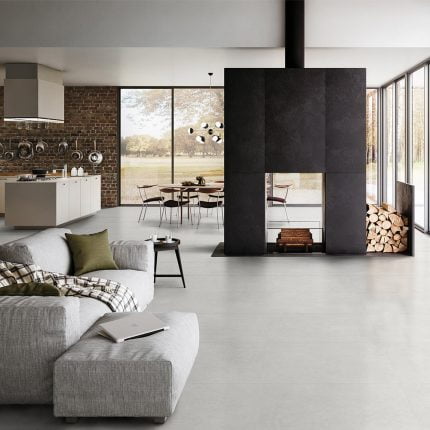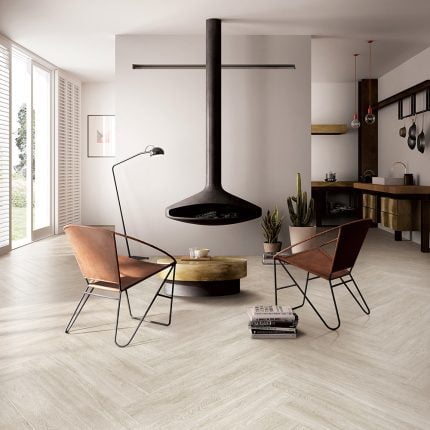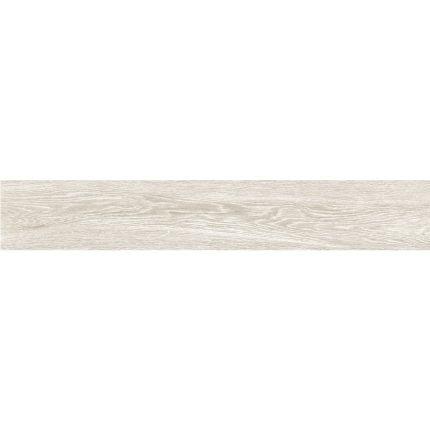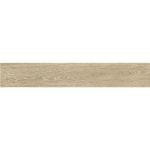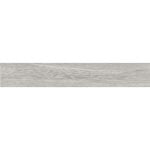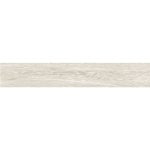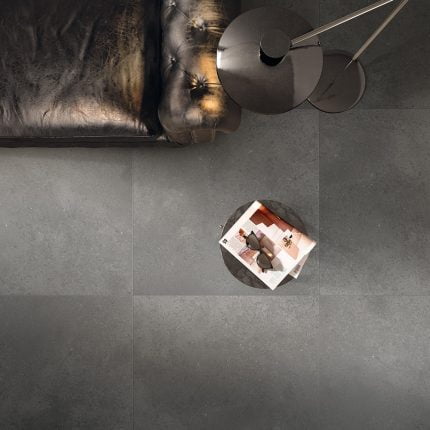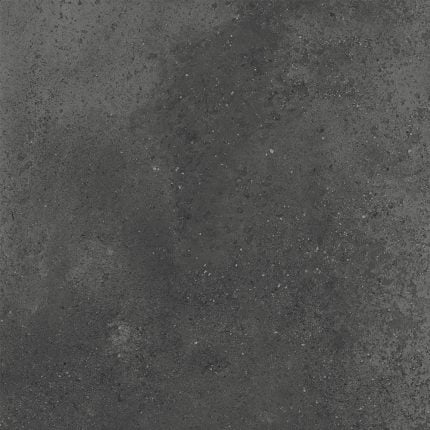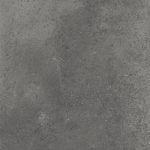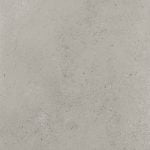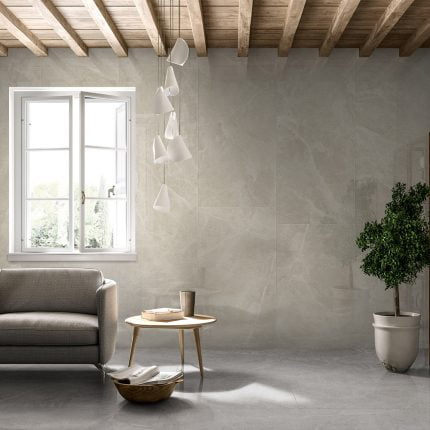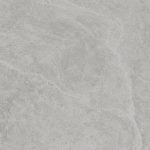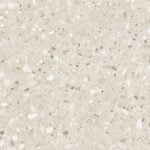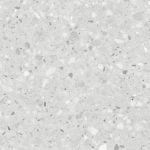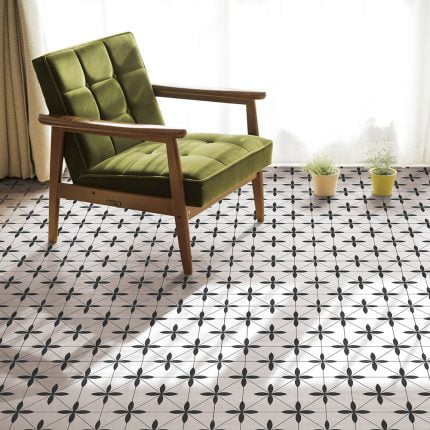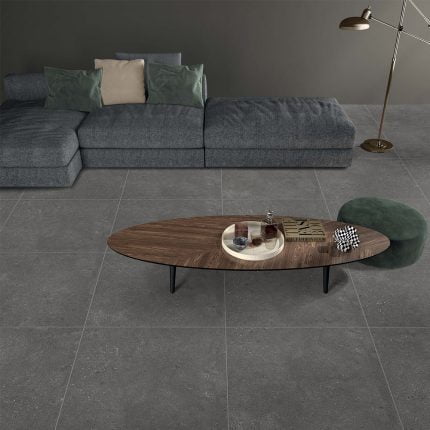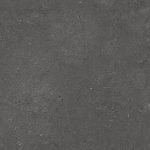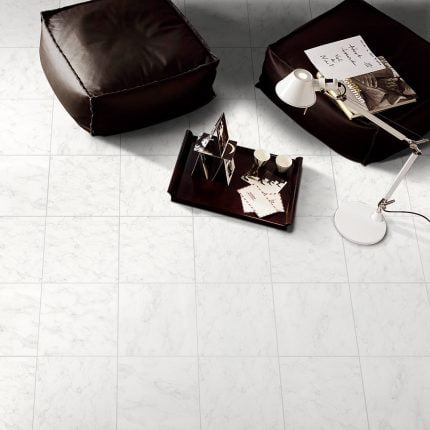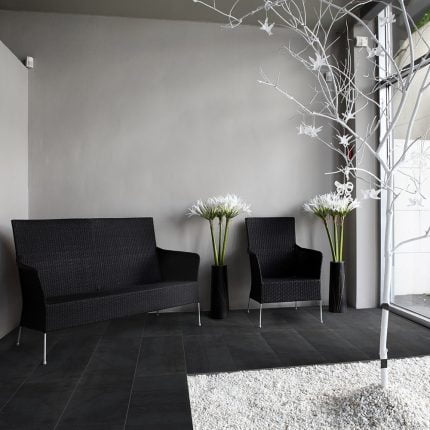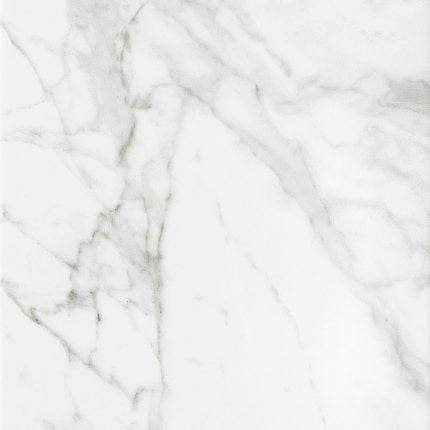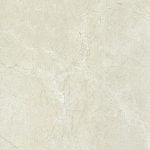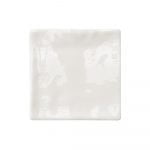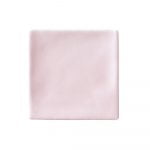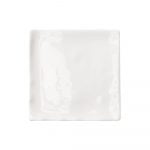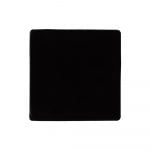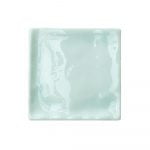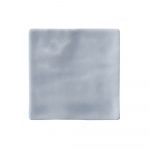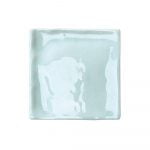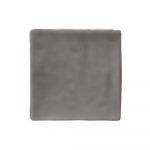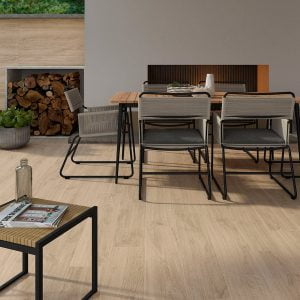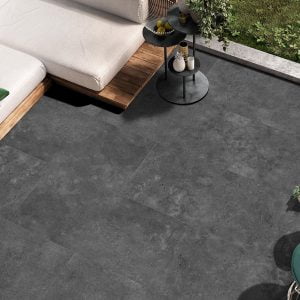-
 - with SmoothGrip technology
- with SmoothGrip technology
RENOVATION
Porcelain Tiles vs Ceramic Tiles for Your Home Renovation
When it comes to choosing tiles for your home renovation, the decision between porcelain and ceramic tiles can be a tough one. Both have their advantages and disadvantages, and understanding these can help you make the best choice for your home. In this guide, we’ll explore the key differences between porcelain and ceramic tiles, so you can decide which is the right option for your bathroom walls, outdoor areas, and more.
What Are Porcelain Tiles?
Porcelain tiles are a type of ceramic tile, but they’re made from a more refined clay and fired at higher temperatures. This process makes them denser, less porous, and more durable than standard ceramic tiles. Porcelain tiles are known for their strength, water resistance, and versatility.
Advantages
- More durable
- Low absorption rate
- Low maintenance
- Versatile
Disadvantages
- More expensive
- More challenging to install
Porcelain tiles offer several advantages, including their durability, which makes them ideal for both residential and commercial spaces. They are also water-resistant, making them perfect for wet areas like bathrooms and outdoor spaces. Additionally, porcelain tiles are low maintenance and come in a wide range of designs, colors, and sizes.
However, there are some disadvantages to consider. Porcelain tiles tend to be more expensive than ceramic tiles due to their superior qualities. They can also be more challenging to install, requiring a professional for the best results.
Our porcelain tiles
What Are Ceramic Tiles?
Ceramic tiles are made from a mixture of clay and other natural materials. They’re fired at lower temperatures than porcelain tiles, which makes them slightly less dense and more porous. Ceramic tiles are a popular choice for many homeowners due to their versatility and affordability.
Advantages
- More affordable
- Easier installation
- Wide variety
Disadvantages
- Less durable than porcelain tiles
- lower absorption rate
One of the advantages of ceramic tiles is their affordability, making them a budget-friendly option. They are also easier to cut and install, which is great for DIY enthusiasts. Ceramic tiles offer a wide range of colors, patterns, and styles, allowing for creative design possibilities.
However, ceramic tiles have their disadvantages. While still durable, they are more prone to wear and chipping than porcelain tiles. They also have a higher porosity, which means they’re not as suitable for high-moisture areas like outdoor spaces or shower walls.
Our ceramic tiles
Making the Right Choice for Your Home
When deciding between porcelain and ceramic tiles for your renovation, there are several factors to consider. For high-traffic areas or outdoor spaces, porcelain tiles are the better choice due to their durability and water resistance. For indoor areas with less foot traffic, ceramic tiles can be a cost-effective and beautiful option. Your budget is also an important consideration. If you’re working with a tight budget, ceramic tiles can provide a great look at a lower cost. However, if you’re willing to invest more for durability, porcelain tiles are worth the extra expense. Additionally, consider the overall look you want to achieve and choose the tile that best fits your aesthetic.
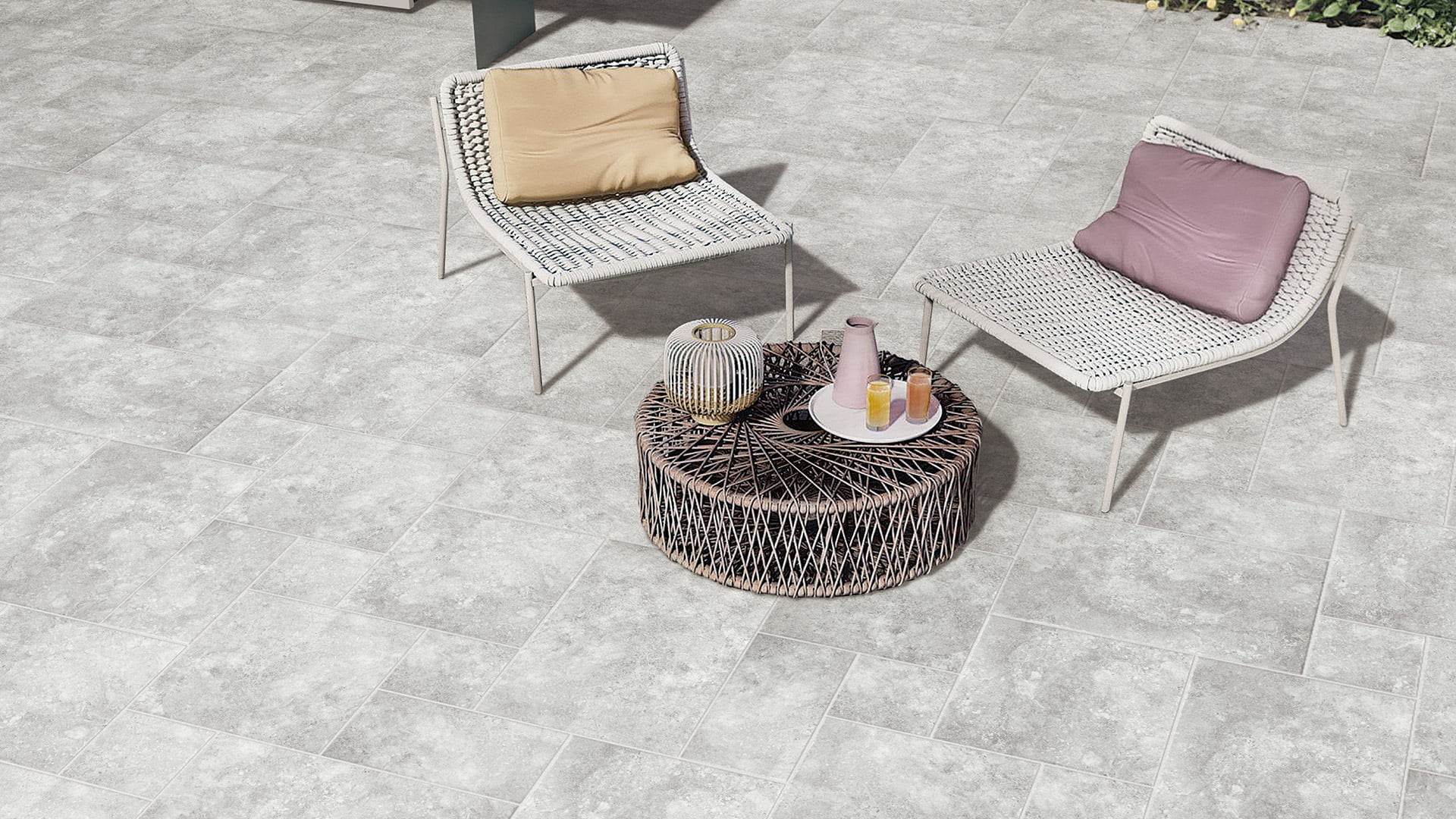
Whether you choose porcelain or ceramic tiles, both options can enhance the beauty and functionality of your home. Consider your budget, the area you’re tiling, and your style preferences when making your decision.
When you’re ready to shop for your tiles, use our interactive map below to find local retailers.
 Adore
Adore 